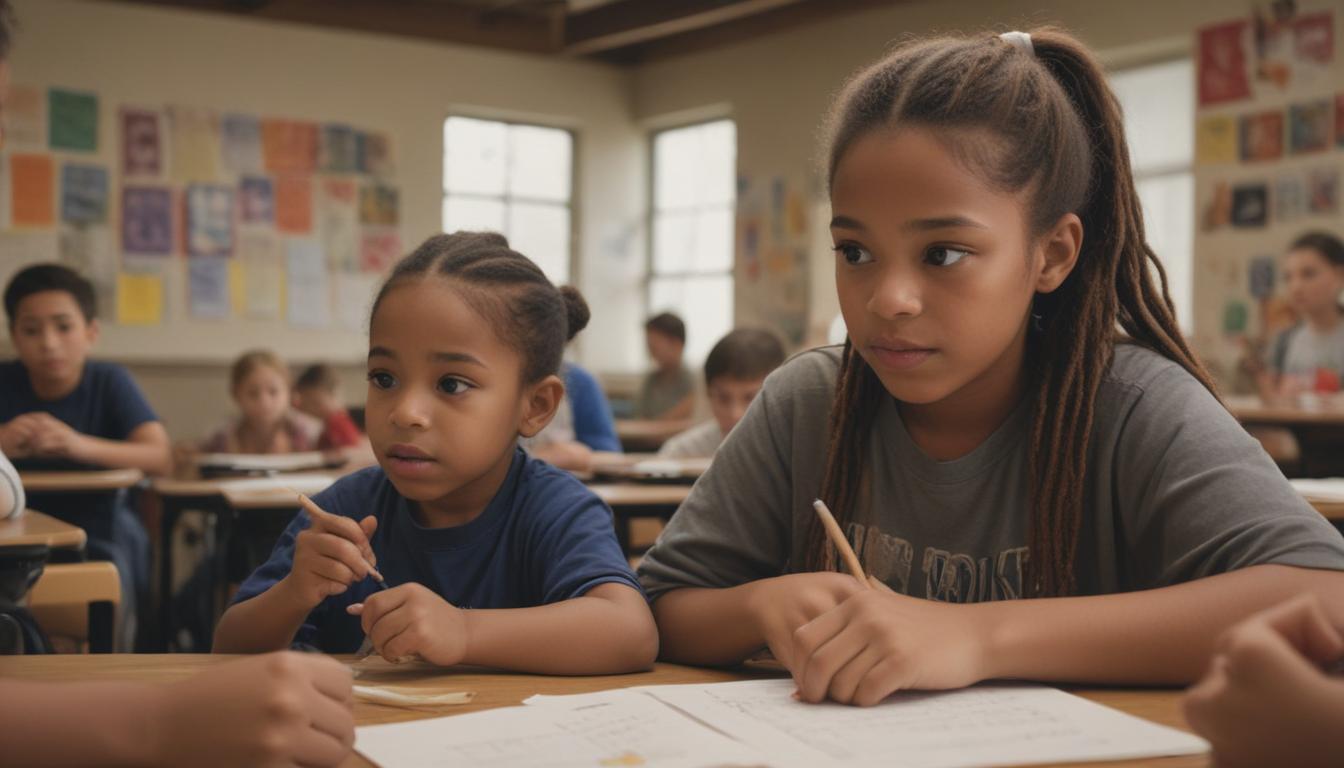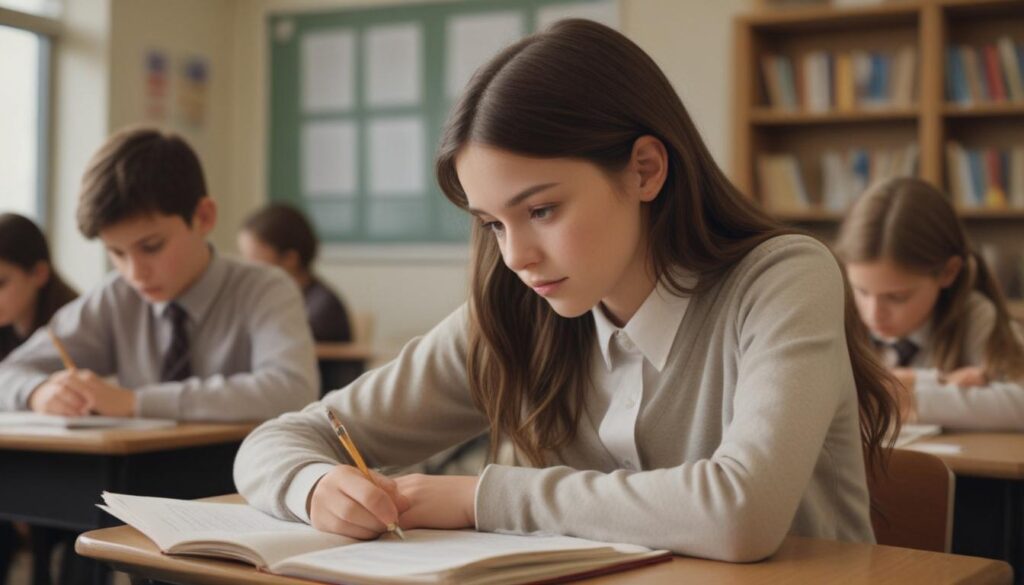Now Reading: How Arts Education Boosts Student Success
- 01
How Arts Education Boosts Student Success
How Arts Education Boosts Student Success

The Hidden Power of Arts Education Why It’s Crucial for Your Child’s Success
Are you constantly worried about your child’s future in an increasingly competitive world? It’s a pressure every parent and educator feels. We fill schedules with STEM camps, coding classes, and tutoring, all to ensure our children have a competitive edge. In this race for academic achievement, subjects like painting, music, drama, and dance are often dismissed as “soft” extras or the first programs to be cut when budgets are tight. We see them as hobbies, not essential preparation for the real world.
But what if the very key to unlocking your child’s full academic and personal potential lies within the subject we so often push aside? The solution isn’t to choose between arts and academics; it’s to understand that a robust arts education is a powerful catalyst for success in all areas of life. It’s not just about creating a pretty picture; it’s about building a more capable, resilient, and intelligent human being. Arts education develops the critical skills of creativity, collaboration, and complex problem-solving that are essential for thriving in the 21st century.
More Than a Masterpiece Building a Smarter Brain
When a child engages with the arts, their brain is firing on all cylinders. Learning to play an instrument, for example, involves understanding mathematical concepts like fractions and patterns while also improving fine motor skills and auditory processing. A student in a drawing class isn’t just learning to hold a pencil; they are developing profound observational skills, learning about perspective, light, and composition. This practice of close observation and analysis, known as visual literacy, is directly transferable to scientific inquiry, literary analysis, and data interpretation.
Furthermore, arts education is a unique training ground for problem-solving. There is rarely a single “right” answer in art. How do you mix the perfect shade of green? How can a group of actors convey a specific emotion on stage? How should a dancer adjust their movement to fit the music?
These challenges force students to think flexibly, experiment with different solutions, and learn from their mistakes. This process builds neural pathways that support innovative thinking and adaptability, skills that are invaluable in both the classroom and the future workplace.

Fostering Empathy and Emotional Intelligence
In a world that often feels disconnected, the ability to understand and connect with others is more important than ever. Arts education is one of the most effective tools we have for cultivating empathy and emotional intelligence. When a student steps into the shoes of a character in a play, they are literally practicing seeing the world from another person’s perspective. When they analyze a song or a painting, they are learning to interpret the emotions and intentions of the creator, building their capacity for understanding nuanced human expression.
The arts also provide a vital and safe outlet for personal expression. Children and teenagers often grapple with complex feelings they don’t have the words for. A paintbrush, a block of clay, or a dance sequence can become a powerful language for them to process their emotions, from joy and excitement to frustration and sadness. This process of externalizing and shaping their inner world builds profound self-awareness and emotional regulation, which are cornerstones of strong mental health and resilience.
Preparing for the Future Skills for the 21st Century Workplace
While some may view the arts as impractical for a career, the skills they develop are precisely what modern employers are desperately seeking. The future of work belongs to those who can think creatively, collaborate effectively, and adapt to change. The arts are a bootcamp for these exact competencies. In a band, a choir, or a theater ensemble, students learn to work together toward a common goal, listen to others’ ideas, and blend their individual contributions into a cohesive whole.
This collaborative environment also teaches one of the most important skills for professional life receiving and giving constructive feedback. Art critiques are not about personal attacks; they are about learning to analyze a work, articulate what is effective, and suggest areas for improvement in a respectful way. This process builds resilience and a growth mindset, teaching students that failure is not an endpoint but a stepping stone to a better outcome. The ability to innovate, communicate a vision, and persevere through challenges is the true, lasting value of arts education, preparing students not just for a job, but for a successful and fulfilling life.



































